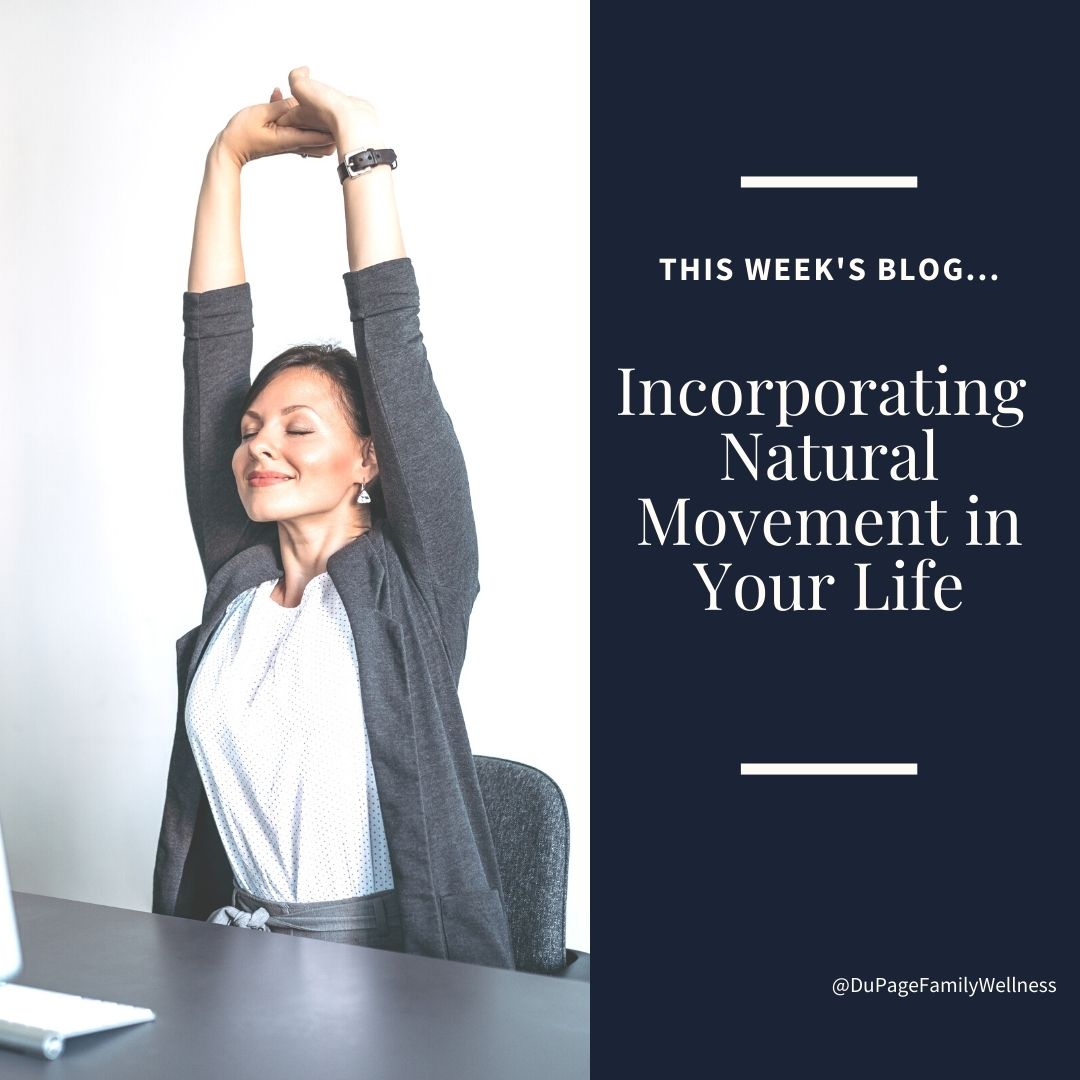 When you think about the history of mankind, setting time aside to exercise is a fairly new concept. Movement was simply a part of life for most of our ancestors, as their survival depended on it. They didn’t need to go to a gym, because they moved to secure food, shelter, and safety!
When you think about the history of mankind, setting time aside to exercise is a fairly new concept. Movement was simply a part of life for most of our ancestors, as their survival depended on it. They didn’t need to go to a gym, because they moved to secure food, shelter, and safety!
Let’s change our mindset around movement to include natural movement into our lives! How can you do this? Choose one of these ideas to start moving today and then add more as you are able.
Functional Movements Ideas
- Walk somewhere instead of driving
- Sit on the floor or stand instead of reclining on a couch or a chair with a back
- Take a movement break at work
- Make a phone call while walking or have a walking meeting
- Skip using a convenient tool or food processor to prepare or chop something, and do it yourself with a knife
- Carry your child instead of using a stroller
- Use the basket instead of a grocery cart
- Water your plants with a pail instead of the hose
- Put on music and dance around your house instead of watching TV
- Take the stairs instead of the elevator
- Walk on an incline
- Try going barefoot
- Park further away at a store
Read more ...
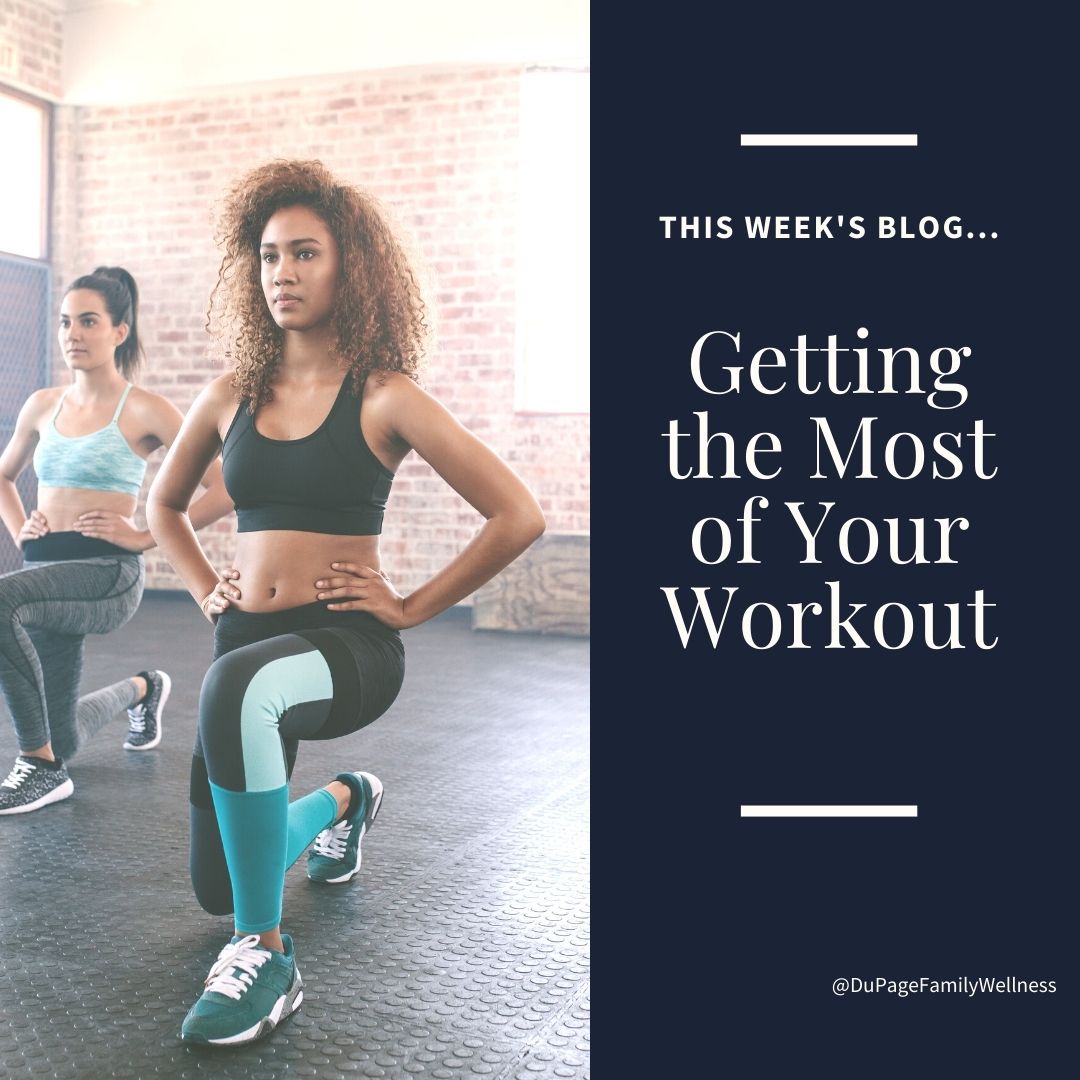 In America, 50% of New Year's Resolutions are to exercise more. But just being at the gym doesn’t mean that you’ll see the results you want. There are some ways of exercising that will get you results faster.
In America, 50% of New Year's Resolutions are to exercise more. But just being at the gym doesn’t mean that you’ll see the results you want. There are some ways of exercising that will get you results faster.
Our culture is so focused on working hard to the point we feel like we have to beat ourselves up in the gym. However, with a little guidance we can work smarter rather than harder.
Let’s look at the “why” behind movement and explore the best exercises for lasting results!
When You Go to the Gym
There is no need to beat yourself up in the gym to get real results. In fact, working hard doesn’t always get the results we would expect.
There was a meta-analysis of 43 studies and the results were shocking! The studies followed overweight and obese people for 3-12 months. People in these studies worked out for 45 minutes 3-5 times a week. This resulted in an average of about 69 hours of exercise over the course of the study. Do you know how much the exercise group lost over that period of time? Only 2.2 lbs.!!! That’s a lot of work for very little results.
So, what specific exercises will get you the results you want? There are two types of workouts that have shown to have the best outcomes. These are High Interval Intensity Training (HIIT) and strength training.
Read more ...
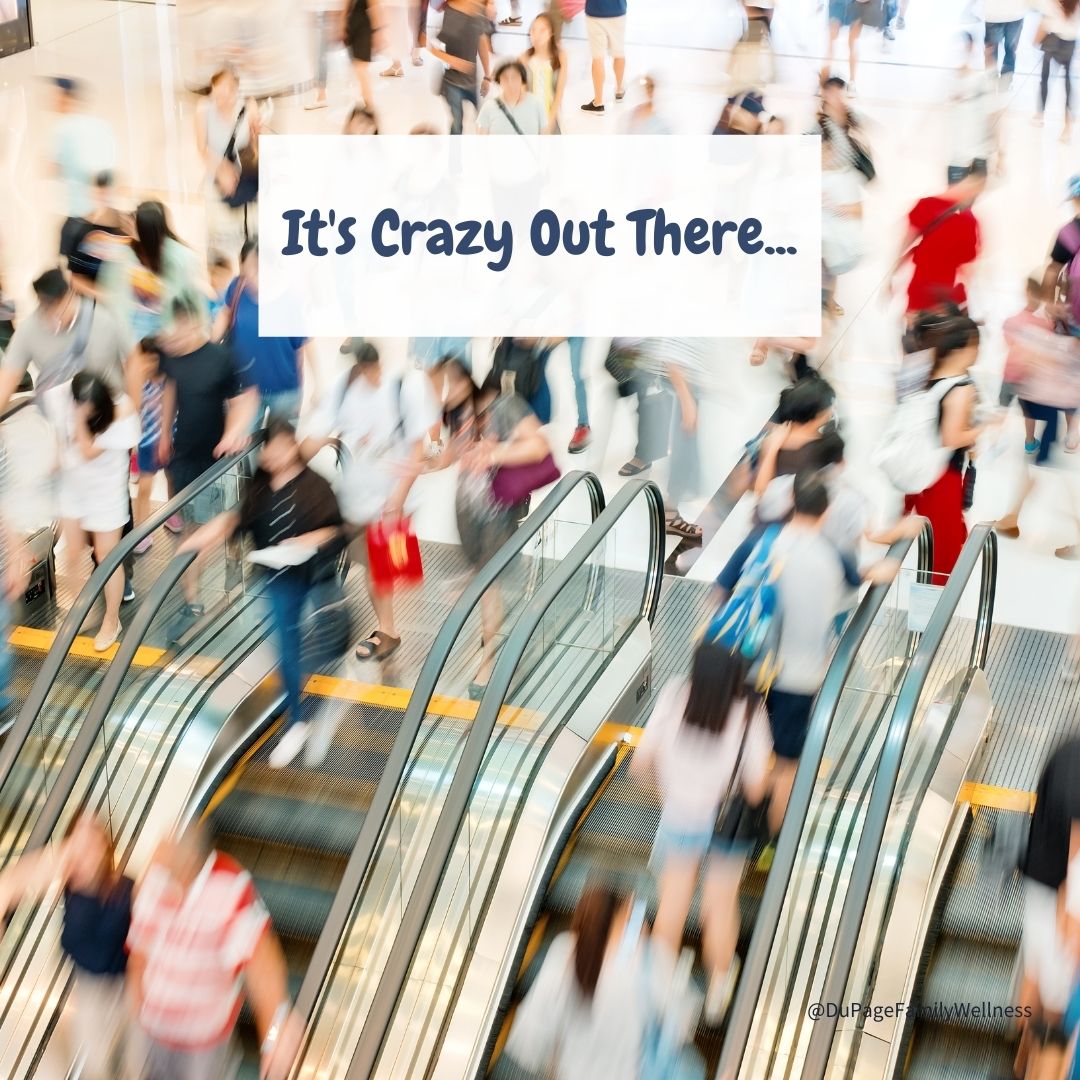 It's crazy out there, but it doesn't need to be in here!
It's crazy out there, but it doesn't need to be in here!
With all the hustle and bustle of the season, it is easy to get lost in the chaos. Holiday shopping, baking, and buying are all in full swing. Marketers are vying for your attention and dollars. And your to-do-list is probably a mile long!
At this point it's important to remind yourself of what really matters this season. Your family probably won't remember most of the gifts you give them, but they will remember the atmosphere in the home leading up to Christmas. They won't remember the perfect dinner, baked goods, and presents if you are stressed-out and crabby.
So, take time now to look at our biggest tips for handling stress and make a plan for yourself this holiday season!
Grounding
Grounding is simply bringing your awareness back to the present moment by using awareness of your body and surroundings. This is extremely helpful in dealing with stress since most of our worry is about things in the past or things yet to come.
Simply closing your eyes and paying attention to your breath brings you back to the moment. Intentionally looking at things in your surroundings or noticing sensory input can be an effective tool as well. The key is the intention and awareness behind the action.
For more directed grounding exercise check out the following.
Read more ...
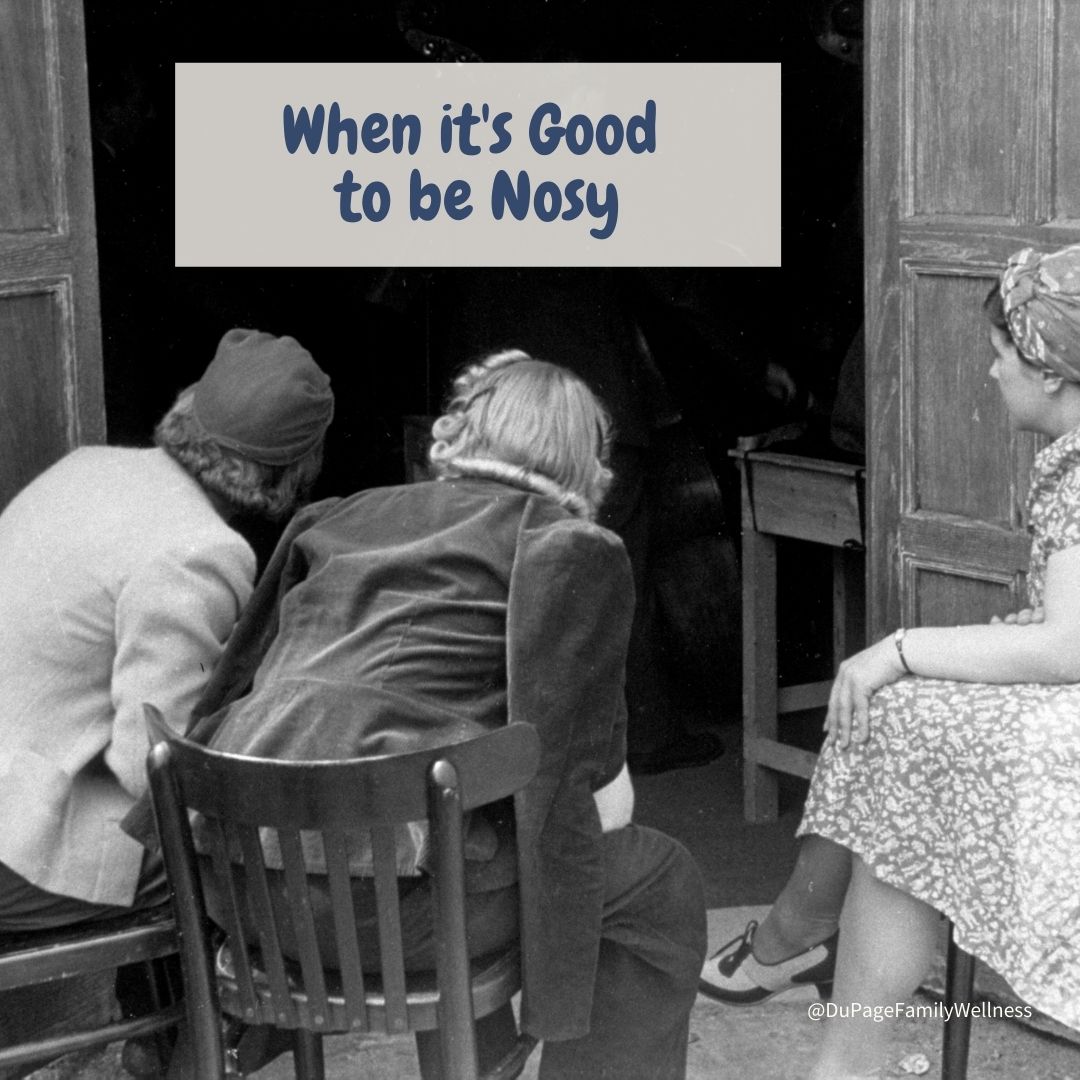 Between work, activities, and family, life can feel pretty overwhelming. You may feel like there aren’t enough hours in the day, so there simply isn’t time to get a good night’s sleep. But sleep is one of the most fundamental functions we do each day. Without good sleep you will not only feel terrible, but you will begin to damage your body.
Between work, activities, and family, life can feel pretty overwhelming. You may feel like there aren’t enough hours in the day, so there simply isn’t time to get a good night’s sleep. But sleep is one of the most fundamental functions we do each day. Without good sleep you will not only feel terrible, but you will begin to damage your body.
Without proper sleep you will likely notice a difference in your energy, mood, and ability to function. And if you consistently wake up from a full night's sleep feeling less than refreshed, you may be dealing with undiagnosed sleep issues.
There is an easy way to check for such a sleep issue that you can do in the privacy of your own home. This simple test costs next to nothing and only takes a few extra seconds at night.
Let’s look at what the experts say about this test and how to use the results to train your body to sleep well again!
What We Are Looking For
According to Dr. Mark Burhenne sleep apnea is the “lack of the ability to breathe properly at night to the point where your sleep is interrupted.”
While most people are aware of severe sleep apnea, Burhenne explains that mild forms are often left undiagnosed especially in otherwise healthy individuals.
Sometimes a dentist will see early warning signs of sleep apnea through features in the mouth. These early signs include gum recession, tooth sensitivity, TMJ, dry mouth, morning headaches, chipped teeth, and nighttime clenching or grinding.
All of these signs can be attributed to the inability to consistently breathe through your nose rather than your mouth.
Read more ...
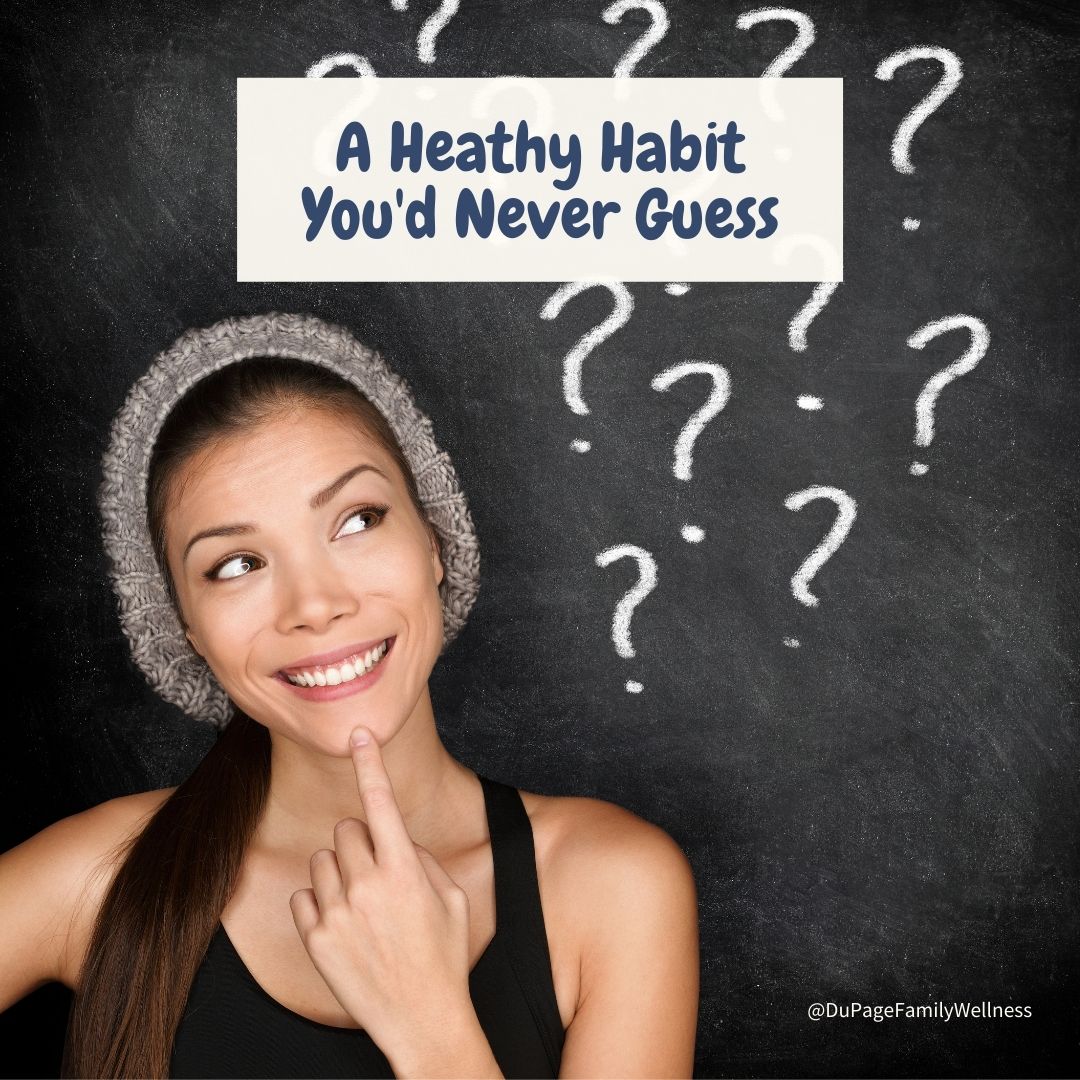 What are the top five things that you believe will keep you healthy? Take a minute to list these things in your mind before you read any further. No, seriously, just take a moment to think through your list.
What are the top five things that you believe will keep you healthy? Take a minute to list these things in your mind before you read any further. No, seriously, just take a moment to think through your list.
There are many things people know they must do if they want to be healthy: eat well, get adequate movement, refrain from smoking, and limit alcohol. But now we can add “enjoying social connections” to our list of healthy habits!
Let’s explore what research has to say about the importance of your connections!
Social Connections Impact on Physical Health
Research is showing that social connections have a major impact on both our mental and physical health. It is not hard to believe that those who feel more connected with others tend to struggle less with anxiety and depression. They also have higher self esteem, greater levels of empathy, trust others more, and tend to be more cooperative.
While the impact of social connections on emotional wellbeing may be expected, the extensive impact on physical health may come as a surprise to many. According to Dr. Emma Seppala, the American Association for the Advancement of Science published a study that found that “a lack of social connection is a greater detriment to health than obesity, smoking and high blood pressure.”
It may be shocking, but strong social connections actually improve your immune system and lead to a 50% increased chance of longevity. More research is needed to discover why social connections have such a dramatic impact on health, but the research is clear that social connections are extremely important if you want to live a long and healthy life.
Insights From the Research
Let's look at the research a little more closely to see what this may mean for you.
Read more ...
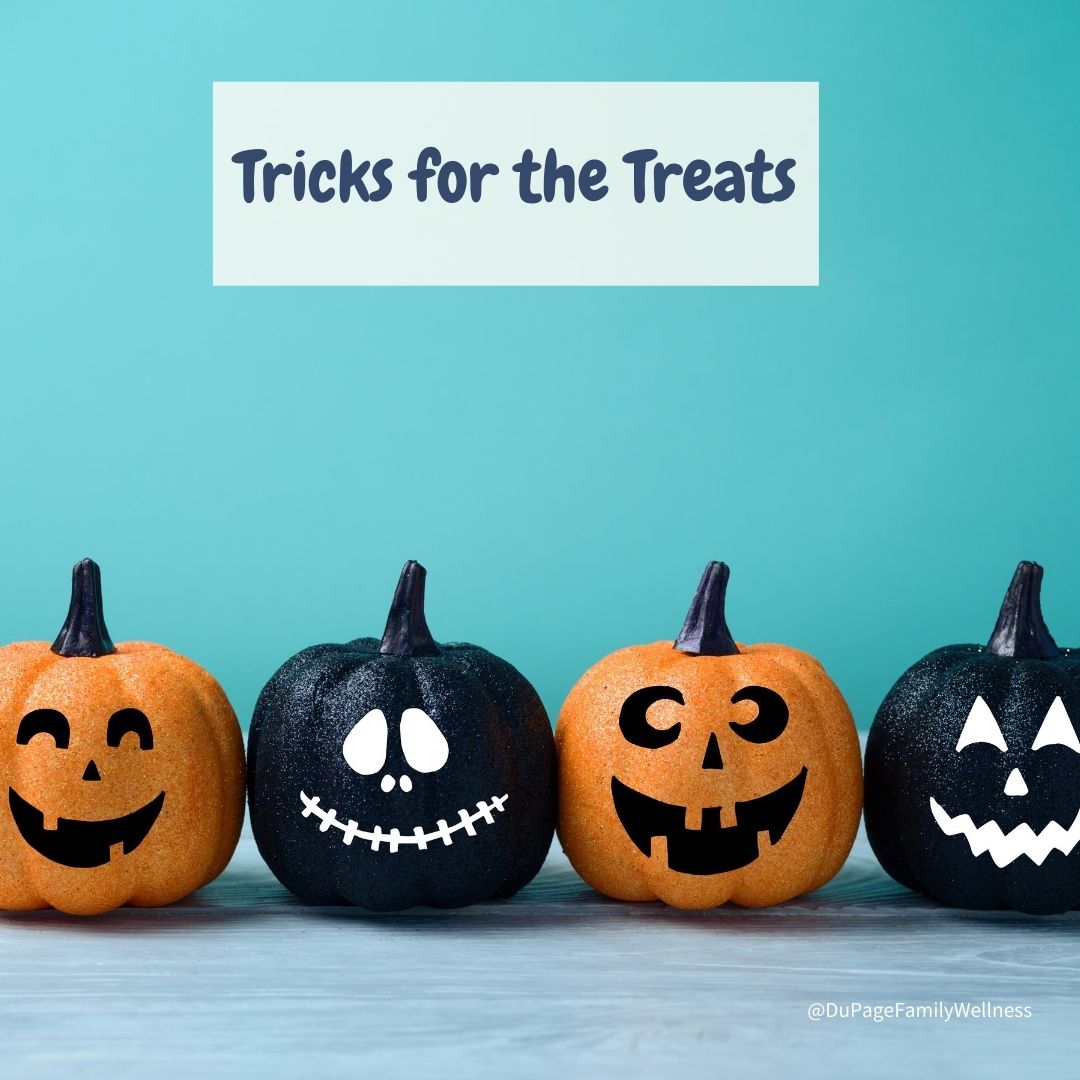
Halloween is the one day of the year most known for excessive candy intake!
I'm not here to tell you to skip the candy all together, but I would like to challenge you to be intentional about what you eat. There are a few 'tricks' that allow you to enjoy some 'treats' without derailing your health goals.
Check them out so you can stay on track during this fun and scary night!
Tricks for the Treats
- Read the Ingredients! Whenever I am temped to eat processed food, I look at the ingredient list. Reading the ingredients (high fructose corn syrup, food coloring, and hydrogenated oils) reminds me that is is NOT REAL FOOD after all, and that I really don't want to eat it. A colleague once told me that when they read these ingredients they end up viewing most processed food more like an object rather than a food
- Pass out something besides candy at your house. I remember one of my favorite houses to trick or treat at growing up had a jar of foreign coins. The top of the jar was small, but you were allowed to take anything you could grab between your fingers. Small hands could grab more than big hands. It was fun to see the foreign currency and figure out what country it was from.
- Get candy that doesn't tempt you. I struggle to avoid Reese's peanut butter cups. I know that if I pass these out at my house, I will inevitably eat more of them than I should. Buy some candy that isn't particular tempting to you, so it will be easier to resist.
- Set a limit for yourself and stick to it. Early in the day, think about how many pieces of candy you are going to let yourself to eat. You get to decide how many fit with your goals. Set the amount of candy you want to eat aside, and only eat out of your stash. This will prevent you from unconsciously grabbing candy from the bowl without realizing it.
Read more ...
 When you think about the history of mankind, setting time aside to exercise is a fairly new concept. Movement was simply a part of life for most of our ancestors, as their survival depended on it. They didn’t need to go to a gym, because they moved to secure food, shelter, and safety!
When you think about the history of mankind, setting time aside to exercise is a fairly new concept. Movement was simply a part of life for most of our ancestors, as their survival depended on it. They didn’t need to go to a gym, because they moved to secure food, shelter, and safety!

 In America, 50% of New Year's Resolutions are to exercise more. But just being at the gym doesn’t mean that you’ll see the results you want. There are some ways of exercising that will get you results faster.
In America, 50% of New Year's Resolutions are to exercise more. But just being at the gym doesn’t mean that you’ll see the results you want. There are some ways of exercising that will get you results faster. It's crazy out there, but it doesn't need to be in here!
It's crazy out there, but it doesn't need to be in here! Between work, activities, and family, life can feel pretty overwhelming. You may feel like there aren’t enough hours in the day, so there simply isn’t time to get a good night’s sleep. But sleep is one of the most fundamental functions we do each day. Without good sleep you will not only feel terrible, but you will begin to damage your body.
Between work, activities, and family, life can feel pretty overwhelming. You may feel like there aren’t enough hours in the day, so there simply isn’t time to get a good night’s sleep. But sleep is one of the most fundamental functions we do each day. Without good sleep you will not only feel terrible, but you will begin to damage your body. What are the top five things that you believe will keep you healthy? Take a minute to list these things in your mind before you read any further. No, seriously, just take a moment to think through your list.
What are the top five things that you believe will keep you healthy? Take a minute to list these things in your mind before you read any further. No, seriously, just take a moment to think through your list. Halloween is the one day of the year most known for excessive candy intake!
Halloween is the one day of the year most known for excessive candy intake!